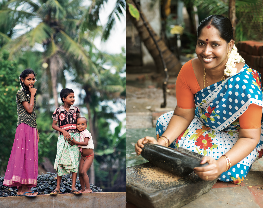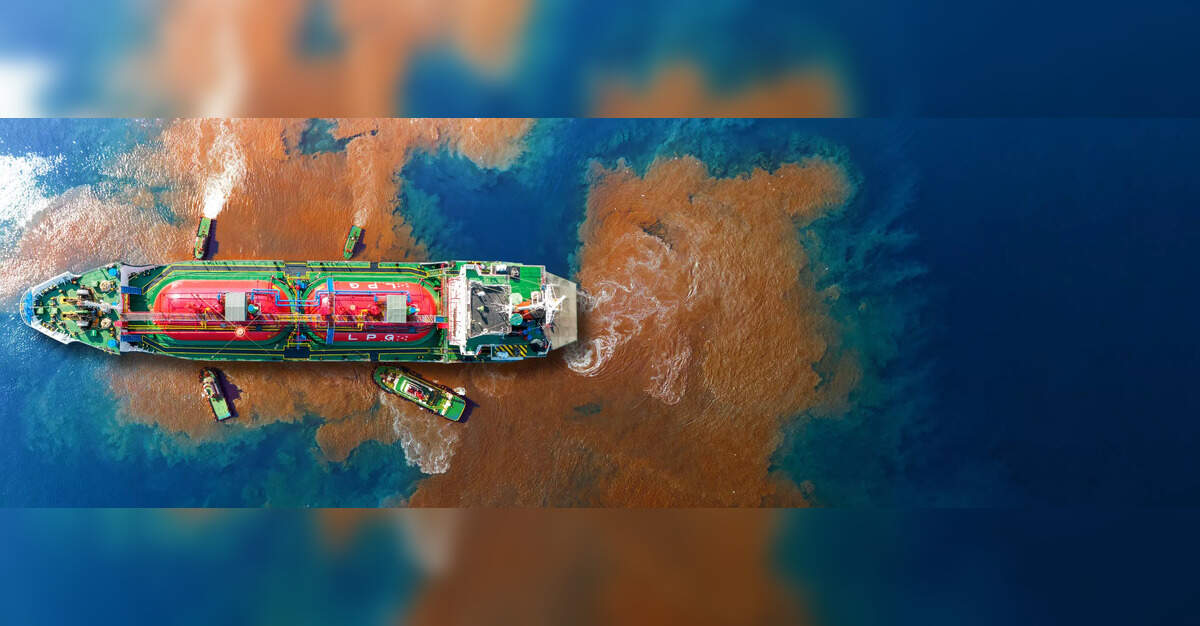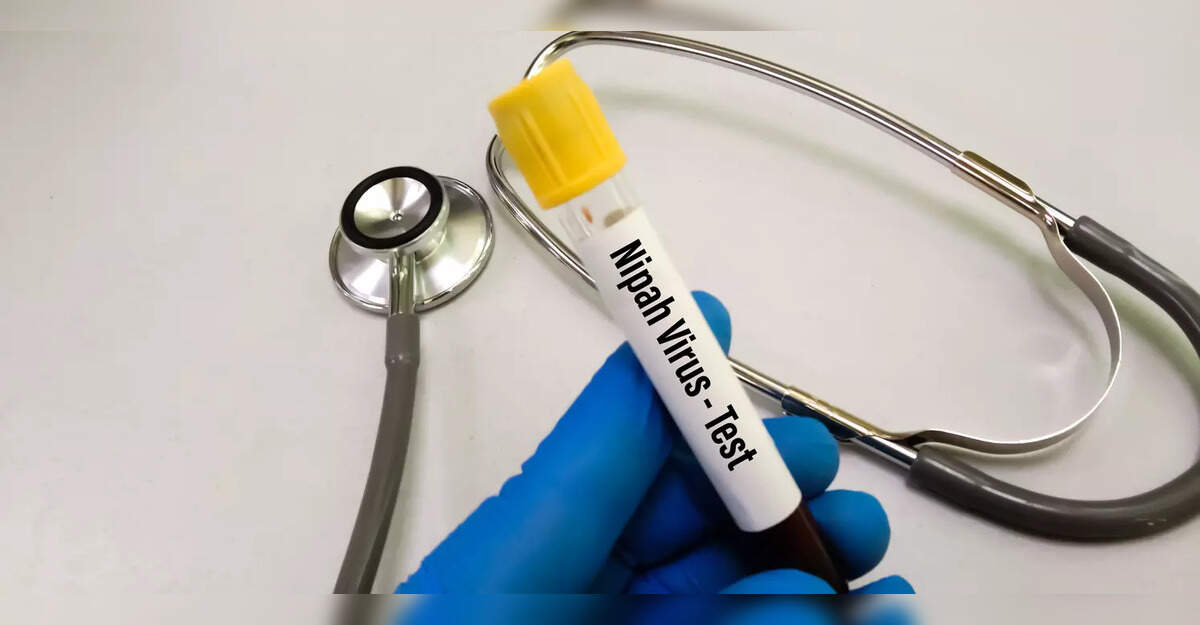WHERE TO EAT AND DRINK
Keralan cuisine is shaped by the region’s coastal-meets- jungle landscape, where an abundance of freshly caught seafood, locally grown matta rice and tropical ingredients form the backbone of its rich, spice-laden dishes. Coconut infusions – whether in milk, oil or grated form – lend signature depth.
The best introduction to local food is through Kerala’s famed seafood restaurants. Fort Kochi has a cluster of no- frills but excellent fish joints, with , on the beach walkway, standing out. A must-order is the meen pollichathu – a whole fish marinated in spices, wrapped in banana leaves and roasted to perfection. Just steps away, the cheena vala (Chinese fishing nets) cast silhouettes over the water, a reminder of the foreign influences that have long shaped the region’s food offering.
Across the water in Ernakulam, , tucked within Le Méridien Kochi, is worth a reservation for its indulgent mud crab malli curry and exquisitely grilled tiger prawns. chefpillai.com
As Praveen Paul, founder of Fort Kochi’s sumptuous art café Lila Curated Experiences, puts it: ‘Kerala’s food culture is a true melting pot – centuries of foreign influence have refined its ingredients and cooking techniques, making Fort Kochi’s cuisine distinct. One of the most striking examples of this cultural fusion is mussadath – a fermented mustard infused with spices, vinegar, garlic and moringa bark. The use of vinegar and garlic, which are not traditionally prominent in Kerala’s native cuisine, underscores the lasting influence of Portuguese culinary traditions.’
At Lila, the set menus are not to be missed. Each is meticulously crafted to tell a story. ‘Our dishes are curated to narrate cultural and historical events through food,’ says Praveen. ‘For instance, the Perunal Oonu set menu recounts the feast of St Sebastian, celebrated at a church built in 1001AD in the hamlet of Kanjoor.’ A meal here is clearly as much an education as it is an experience. lilahc.com













